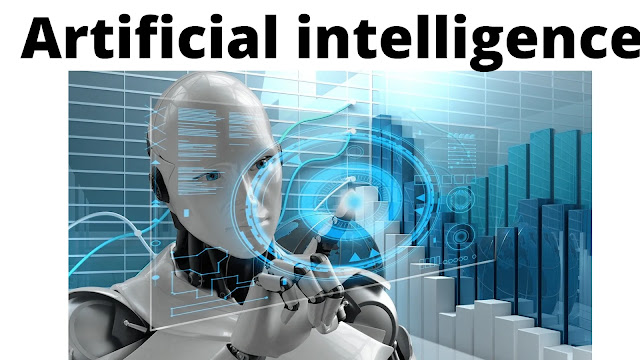Generations of computer
Every age of PC has gotten critical advances of speed and capacity to processing undertakings. The history of PC advancement is a software engineering subject that is much of the time used to reference the various ages of registering gadgets. Most significant advancements from the 1940s to introduce day have brought about progressively more modest, less expensive, all the more remarkable and more effective figuring machines and innovation.
FIRST GENERATION: VACUUM TUBES (1940-1956)
The primary PC frameworks utilized vacuum tubes for hardware and attractive drums for principal memory, and they were many times gigantic, occupying whole spaces. These PCs were pricey to work, and as well as utilizing a lot of power, the main PCs created a great deal of intensity, which was many times the reason for glitches.
First generation of PCs depended on machine language, the most minimal level programming language comprehended by PCs, to perform activities, and they could take care of each issue in turn. It would be taking the administrators even a long time to look at any another issue. Input depended on punched cards and paper tape, and result was shown on printouts.
SECOND GENERATION: TRANSISTORS (1956-1963)
The world would see semiconductors supplant vacuum tubes in the second era of PCs. The semiconductor was developed at Bell Labs in 1947 yet didn't see far and wide use in PCs until the last part of the 1950s. This age of PCs likewise included equipment progresses like attractive center memory, attractive tape, and the attractive circle.
The semiconductor was infinitely better to the vacuum tube, permitting PCs to decrease, quicker, less expensive, more energy-efficient, and more dependable than their original ancestors. However the semiconductor actually created a lot of intensity that exposed the PC to harm, it was a tremendous improvement over the vacuum tube. A second-age PC actually depended on punched cards for information and printouts for yield.
THIRD GENERATION: INTEGRATED CIRCUITS (1964-1971)
The advancement in the field of incorporated circuit was the symbol for the third generations of computers. Semiconductors were scaled down and put on silicon chips, called semiconductors, which radically sped up and effectiveness of PCs.
Rather than punched cards and printouts, clients would communicate with a third era PC through consoles and screens and connected with a working framework, which permitted the gadget to run a wide range of utilizations all at once with a focal program that observed the memory. PCs, interestingly, became available to a mass crowd since they were more modest and less expensive than their ancestors.
FOURTH GENERATION: MICROPROCESSORS (1971-PRESENT)
The microchip introduced the fourth era of PCs, as great many coordinated circuits were worked onto a solitary silicon chip. The innovation that in original would take a whole room could now be fit in the center of our hand. The Intel 4004 chip, created in 1971, coordinated every one of the parts of the PC, from the focal handling unit and memory to enter/yield controls, on a solitary chip.
In 1981, IBM presented its most memorable PC for the home client, and in 1984 Apple presented the Macintosh. Microchips likewise moved out of the domain of personal computers and into numerous everyday issues as an ever increasing number of regular items started to utilize the chip.
As these little PCs turned out to be all the more remarkable, they could be connected together to frame organizations, which ultimately prompted the advancement of the Internet. Every fourth generation computers likewise saw the computers advancement of GUIs, mouse, and hand held innovation.
FIFTH GENERATION: ARTIFICIAL INTELLIGENCE (PRESENT AND BEYOND)
Fifth era PC innovation, in light of computerized reasoning, is still being developed, however there are a few applications, for example, voice acknowledgment, that are being utilized today. The utilization of equal handling and superconductors is assisting with making man-made reasoning a reality. This is additionally up to this point the great age for pressing a lot of capacity into a smaller and compact gadget.
Quantum calculation and sub-atomic and nanotechnology will drastically change the essence of PCs in years to come. The objective of fifth-age figuring is to foster gadgets that will answer regular language input and are fit for learning and self-association.
Hope you will be getting the sufficient information on generations of computer.










0 Comments